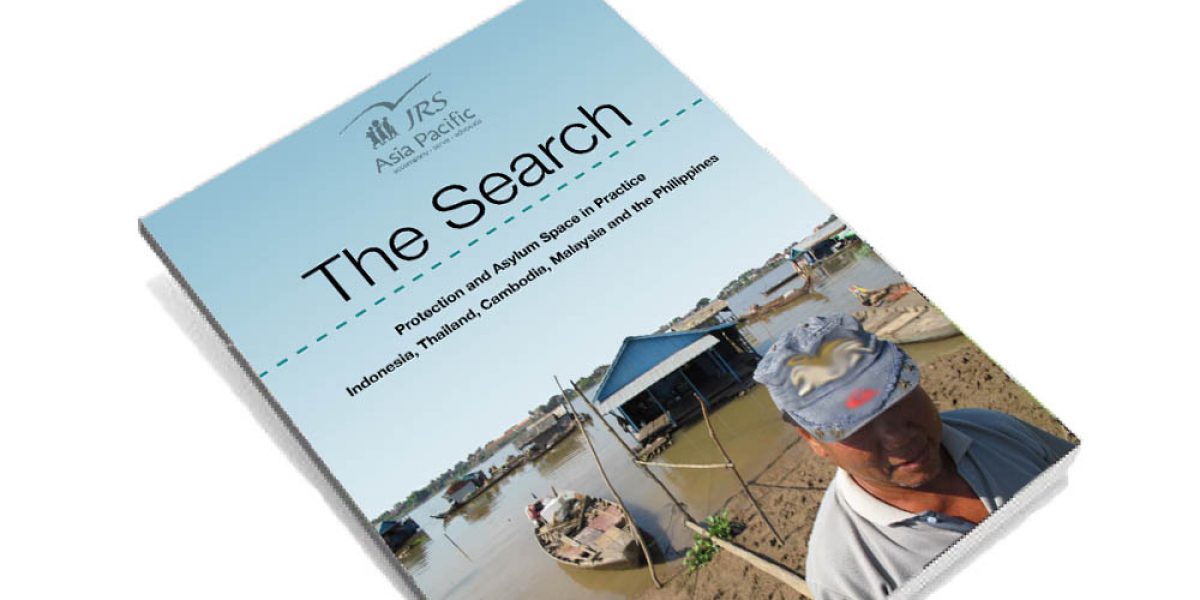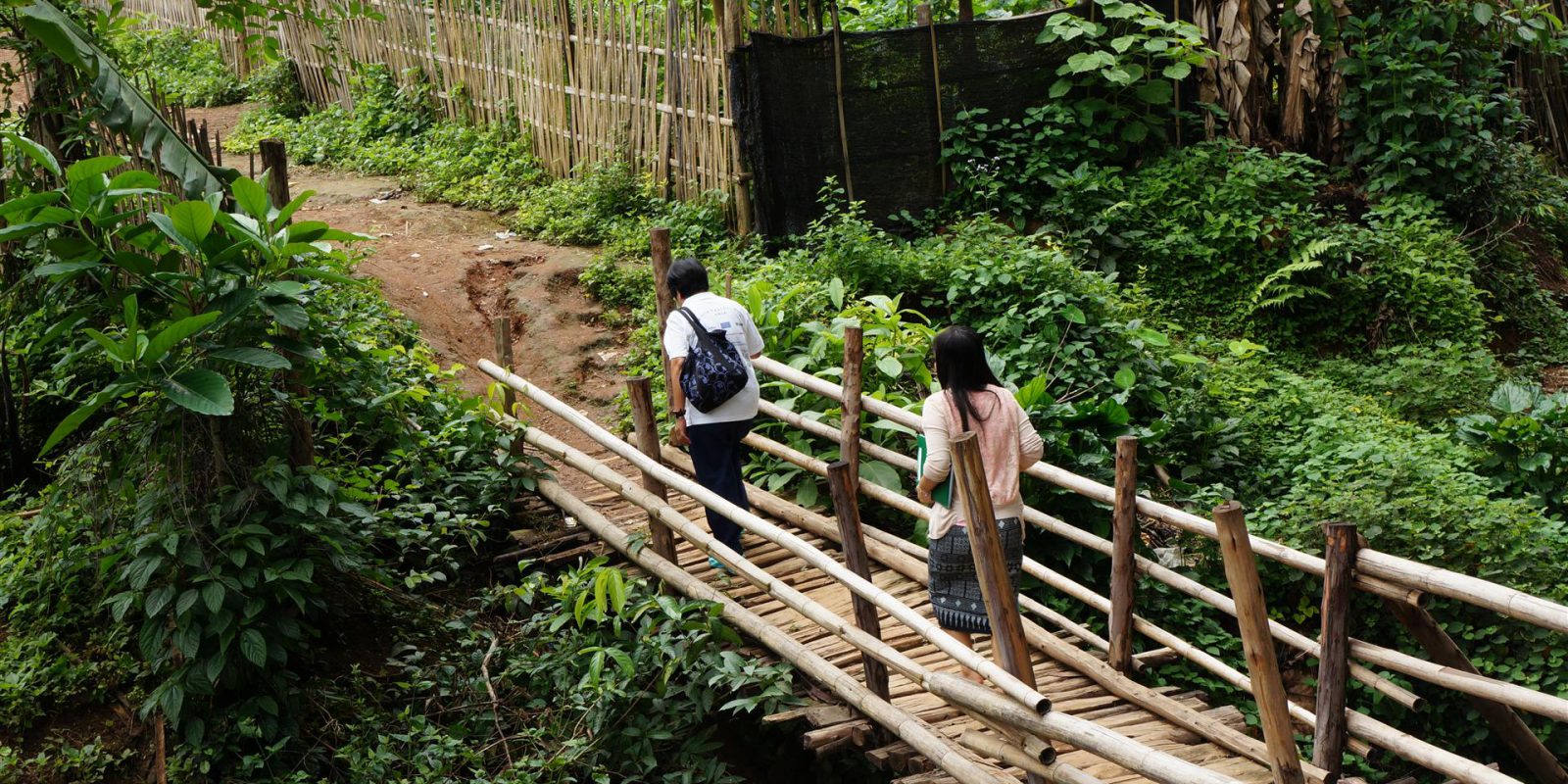Asia Pacific: new research shows failings in protection in the region
15 June 2012|Nikola Errington

Bangkok, 15 June, 2012 – When asylum seekers reach the Asia Pacific they may realise more than anyone what is missing in terms of their protection. Where some countries are successfully helping asylum seekers live in safety, others are lacking.
The truth is, protection space for asylum seekers and refugees in Southeast Asia is limited and constantly changing. It is in this environment that asylum seekers and refugees must negotiate the difficult, long and confusing refugee-status-determination (RSD) processes that will ultimately decide the direction their lives will depend.
The Search: Protection Space in Malaysia, Indonesia, Thailand, The Philippines and Cambodia in Practice is a practical guide which will assist other advocates to give accurate information to asylum seekers and refugees about the realities of protection space within the region.
In Southeast Asia, where only three countries, Cambodia, the Philippines and Timor Leste, are signatories to the UN refugee convention the challenges of living in an urban setting are amplified on a daily basis as people struggle to make a living, avoid detention, send their children to school and tend to their medical needs.
This guide covers five broad themes: protection concerns, convention obligations and domestic legal frameworks, refugee-status determination, durable solutions, and finally an outline of the realities of living in the region in relation to employment, education, healthcare and housing. Given the range of challenges, it is essential that those that work with asylum seekers and refugees know as much as possible about the asylum options available in urban areas in the capital cities of Kuala Lumpur, Bangkok, Jakarta, Manila and Phnom Penh.
The focus of this research has been to emphasise the experience of asylum seekers and refugees, to let them tell their own stories, while at the same time compile the relevant contextual information that presents a broad picture of the current situation in Southeast Asia. The asylum seekers and refugees who have willingly shared their stories, opened up their homes and lives for the purpose of this guide have done so in the hope that it may ultimately help others on the same journey: the search for protection.



